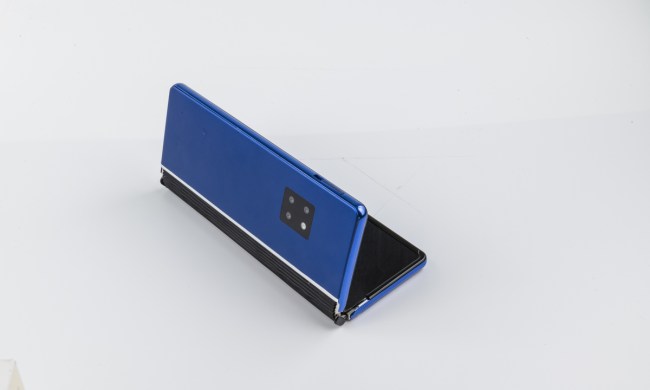Truphone has announced a partnership with satellite network service provider Skylo Technologies to “create ubiquitous cellular and satellite coverage” for mobile users. Announced at Mobile World Congress 2022, the pairing aims to expand the areas where cell service is available by allowing users to switch between using cellular and satellite coverage with the push of just a few buttons.
Previously, Truphone’s main focus has been giving mobile owners the ability to easily switch service providers through the company’s eSIM card offerings. Giving them the ability to switch between cellular and satellite coverage, however, is a new step toward “truly ubiquitous global connectivity.”
Satellite coverage is not a new technology and has been used for years to provide mobile connections to places where cellular coverage simply doesn’t reach. Up until now, the main problem with satellite is that it required bulky antennas and other potentially expensive hardware to access, making it not viable for most consumers.

Truphone’s partnership with Skylo has sidestepped the hardware issues present with satellite coverage, making it available to anyone using a Truphone eSIM through a simple software update. Similar to how Truphone eSIM users can switch seamlessly between cellular providers without needing to switch around physical hardware, users will also be able to switch from cellular coverage to Skylo satellite through in-app settings.
The hybrid cellular/satellite tech should be rolling out in the fourth quarter of 2022 according to Skylo, starting in the North American market before branching out to other markets.
The ability to painlessly switch between cellular and satellite coverage could be a game-changer for the mobile industry if the technology can attract widespread use. Truphone is hopeful that its eSIM technology will eventually make legacy SIM cards obsolete, and if the company can do that, then its cellular/satellite offering seems likely to be used with countless devices.




